Might is right dictated digital media narrative - #GameOfSeats takeaways
On 21st May, Adgully hosted a Twitter Panel on the topic – Digital Media & General Elections 2019, inviting five industry experts to analyse and discuss the digital narrative pushed forward by political parties during the elections.
The Twitter panel, comprising Ashish Khazanchi, Managing Partner, Enormous; Karthik Srinivasan, Communications Consultant; Naresh Gupta, CSO, Bang In The Middle; Nitin Bhatia, Social Media Expert; and Shubho Sengupta, Digital Marketer, tackled the broad question of ‘What role did Digital Media play during General Elections 2019?’
The panelists covered a myriad of topics ranging from the use of social media and apps to the role of influencers and trolls to turn the tide of conversation on digital. Key takeaways that emerged from the conversation are mentioned below.
NaMo vs RaGa
There was a consensus among the panelists that Prime Minister Narendra Modi’s strategy clearly dominated the digital media space.
According to Naresh Gupta, “PM Modi clearly won this round, hands down, despite glitches, gaffes and some bad strategic calls. One guy who did fight this with his limited means was Kanhaiya Kumar. His was very measured and had an earthy strategy.”
Gupta added, “RaGa was too suave and not as ruthless as his opponent.”
Shubho Sengupta concurred, saying “I think three killed it: Modi, RaGa and Tejasvi Surya. They probably hogged 99 per cent of the airtime.”
Ashish Khazanchi believed that PM Modi’s offline activities had as much an impact on his online perception, “There’s really one man who, in the the last two months, has been up and about. And not because there was a high decibel ad campaign. But a high decibel level of dos.”
However, Nitin Bhatia was of the opinion that it was “hard to point out one person, also now there is a bigger team, company or agency behind the scenes. From the outset, a majority of the candidates have been building their digital web for a longer time.”
There was praise for PM Narendra Modi’s political opponents in the panel.
Ashish opined, “I think RaGa came into his own as a politician and that is somewhat heartening for the polity of this country. He did start gathering a small number of admirers.”
Karthik pointed out that there remained a swell of ground support for the PM that affected his online appeal. He said that RaGa’s “admirers remained in digital and not on-ground, which is the bigger problem for him/INC. BJP made sure that it appealed both digitally and on-ground.”
Karthik declared PM Modi the clear winner on social media. “Deservedly so, given his efforts not just for this election, but right from the beginning. In fact, he literally started using digital media for political propaganda, on scale, even during 2014”, he added.
Digital strategy
“The game this year moved to Whatsapp, it’s the Whatsapp groups that were used far more to create a sense of wave, the amount of content that was Whatsapp specific and that was broadcast by all parties had far greater intensity”, said Gupta.
Khazanchi added, “We didn’t have Jio around in 2014. Now WhatsApp groups are the trenches of this war. The far frontiers. And it was pretty dirty down in the trenches.”
By this statement Khazanchi meant how fake news was used during this election to win the confidence of voters.
According to Srinivasan, “Fake news was the defining difference for me from 2014 to 2019. Where news (fake) was weaponised.”
Khazanchi believed that the use of fake news by political parties was unnecessary as “no news is bad if you know how to contextualise it.”
Gupta added, “It was almost institutionalised with parties buying phones and sim cards. WhatsApp tried to control, but eventually, cadre found a way around every restriction.”
Srinivasan concluded that the “clear winners, of course, have been the spenders. Merely using WhatsApp to propagate a point of view is completely above board. After all, it is the new 'newspaper' for most people - what they see first thing in a day. And it escapes conventional EC guidelines easily.”
Gupta said there was “far greater noise this time on social media, and many more political parties and leaders exploring various facets of social.”
Sengupta added, “the homegrown NAMO app, which saw 10 million+ downloads gave the BJP a huge advantage over others.”
He said, “BJP didn't use much as the law of diminishing returns kicked in. Besides WhatsApp, other apps such as ShareIt, VUClip and YouLive were also popular.” He continued, “Facebook and Whatsapp were used extensively by by the BJP. Next time, I think, 50 per cent will be on TikTok and ShareIt, etc. YouTube was used heavily as it supports a longer format."
Nitin Bhatia felt that money was the determining factor.
I think the Party which had the money to go 360 degree won the race all alone.
— Nitin Bhatia (@nitinSPEAKs) May 21, 2019
This is what you see on Google when you search pic.twitter.com/Bqp2BeQva6
However, Sengupta was not convinced that all digital tools available to political parties were deployed to full effect.
He said, “SEO was underused, and that was stupid. At the end of day websites are best for rich, long-form content. Secondly, I don't think programmatic was used which is a pity. Finally, Organic worked better than paid!”
Gupta observed that there had been a shift in how the digital medium was used to disseminate information. “This election was more an issue of how much can you use digital as a broadcast medium. So, really it was about investing. BJP went big.”
Srinivasan added, “We generally refer to digital as focused, targeted reach, not generally for 'broadcast'. But BJP used it to 'broadcast', rivalling conventional broadcast media like TV and print.”
Read More: News channels look to make the most as all eyes now on Counting Day
Role of Influencers
Bhatia said, “From the sources I know that there was a clear mandate from the top officials of a political party stating that If you need a meeting with the chairperson, you should have more than 1 lakh followers on Twitter/Facebook."
Gupta added, “The candidate's digital presence often became the deciding factor when choosing one.”
However, @LloydMathias pointed out that there was an absence of external influencers in the discussion. “I would also add that a point missed by most political parties, was the near absence of use of ‘Influencers’. I know politicians see themselves as the biggest influencers but there are specific groups that would react to clearer voices of reason from outside.”
Shubho Sengupta opined that standup comedians such as Kunal Kamra were also a determining factor in the digital conversation. He pointed out that virtually all of these personalities were decidedly anti BJP and specifically anti Modi.
Srinivasan added here, “Not just standup comedians, but even digital content creators with a big following. One person, in particular, that I saw gaining massively (in terms of online reach) was @dhruv_rathee.”
Narrative
Khazanchi disagreed on the matter of higher spends resulting in Modi winning over social media. He said, “While money, of course, helps, but the party and Modi stood for something. They were responsible for generating mostly polarizing views and polarizing views will always generate more conversations. The point is even Congress, if they had thrice the moneys, would not have won with the campaign that they had.”
He added, “Whatever the Congress said, unfortunately again referenced their enemy. The focal point of their campaign remained one person.”
Shubho concurred, saying, “‘Main Bhi Chowkidar’ was the campaign of 2019. It took over all the digital real estate. It was fabulously engaging and turned an attack into counterattack."
According to Gupta, this year’s campaigns appeared to be quite bland. He noted, “There was a lot of wittiness in Mahagathbandhan rallies, though I don’t remember seeing that in the campaigns. Also, I am sure K. Chandrashekar Rao, Y.S. Rajasekhara Rao and others ran very effective campaigns. To me, the AAP campaign looked too forced.”
Srinivasan that parties needed to adopt a global context when campaigning on digital. “While the regional parties did step up, I feel they did not have narratives that could pitch them far higher than their existing support base. They need to think of themselves as speaking to the world (which is the true audience digitally).”
Bhatia concluded the conversation by posting an insightful video on the correlation between money, attention and power.
As we are coming to the end of the discussion.
— Nitin Bhatia (@nitinSPEAKs) May 21, 2019
I will like to quickly give you a #foodforthought for this election & #gameofSEATS
The Correlation between
MONEY
ATTENTION
POWER @trrippp@googlegupta@shubhos @bijoyaghosh_ @kkalpu @_deveshguptahttps://t.co/WunS1EB6Wv pic.twitter.com/1I8vhZbgMC





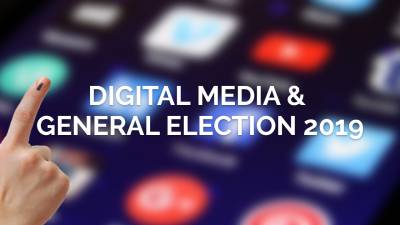
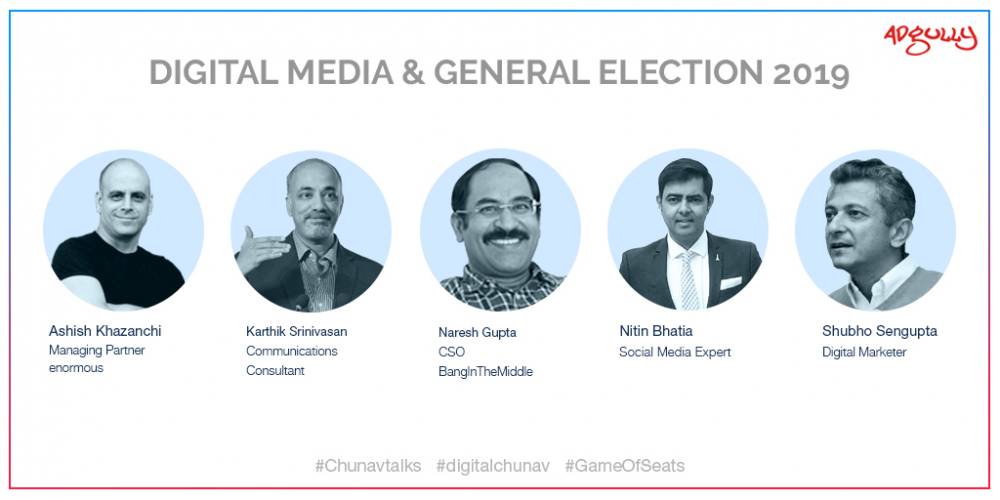
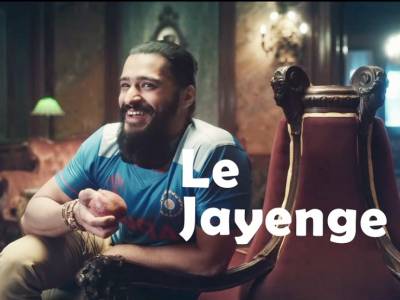
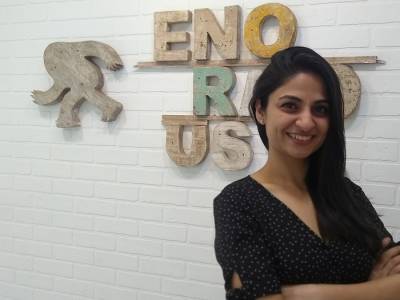
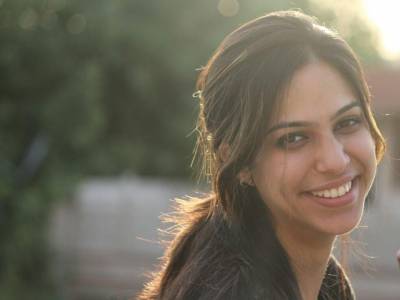
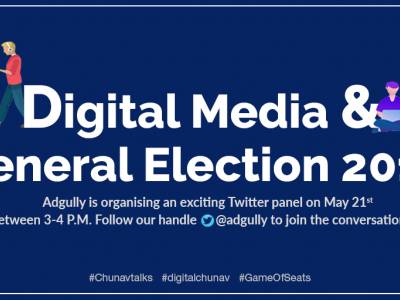
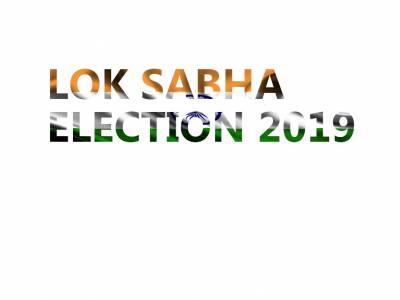
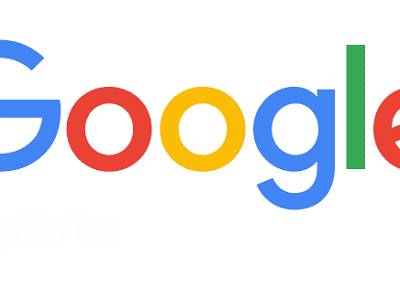
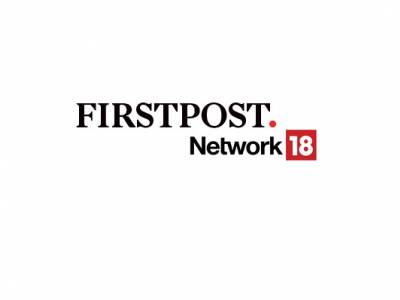
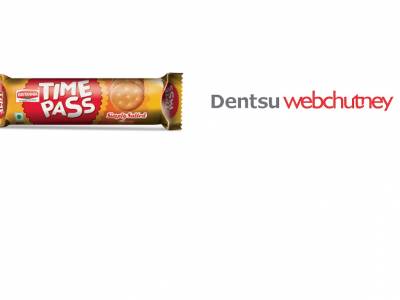

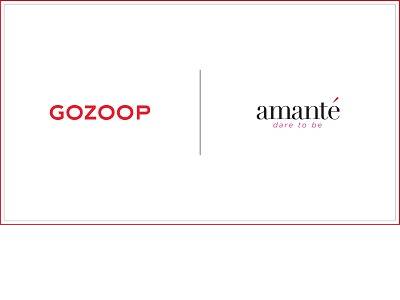
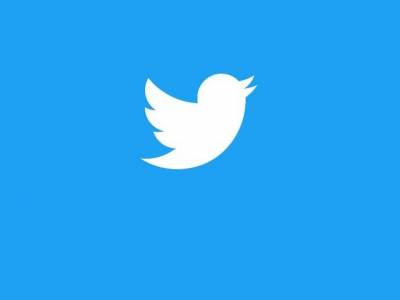
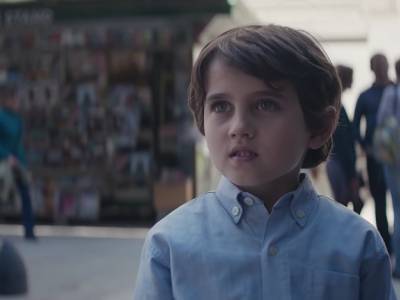



Share
Facebook
YouTube
Tweet
Twitter
LinkedIn